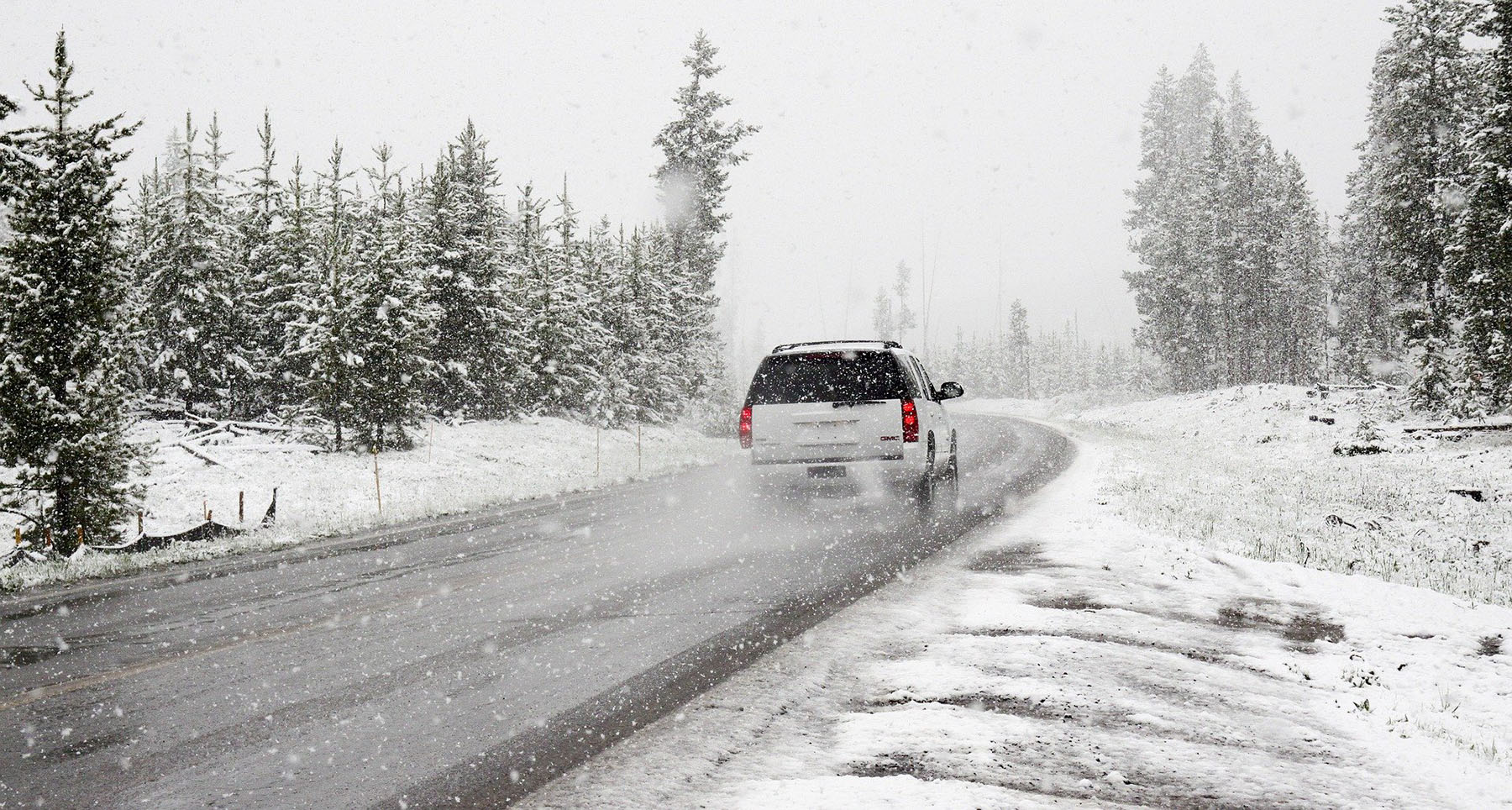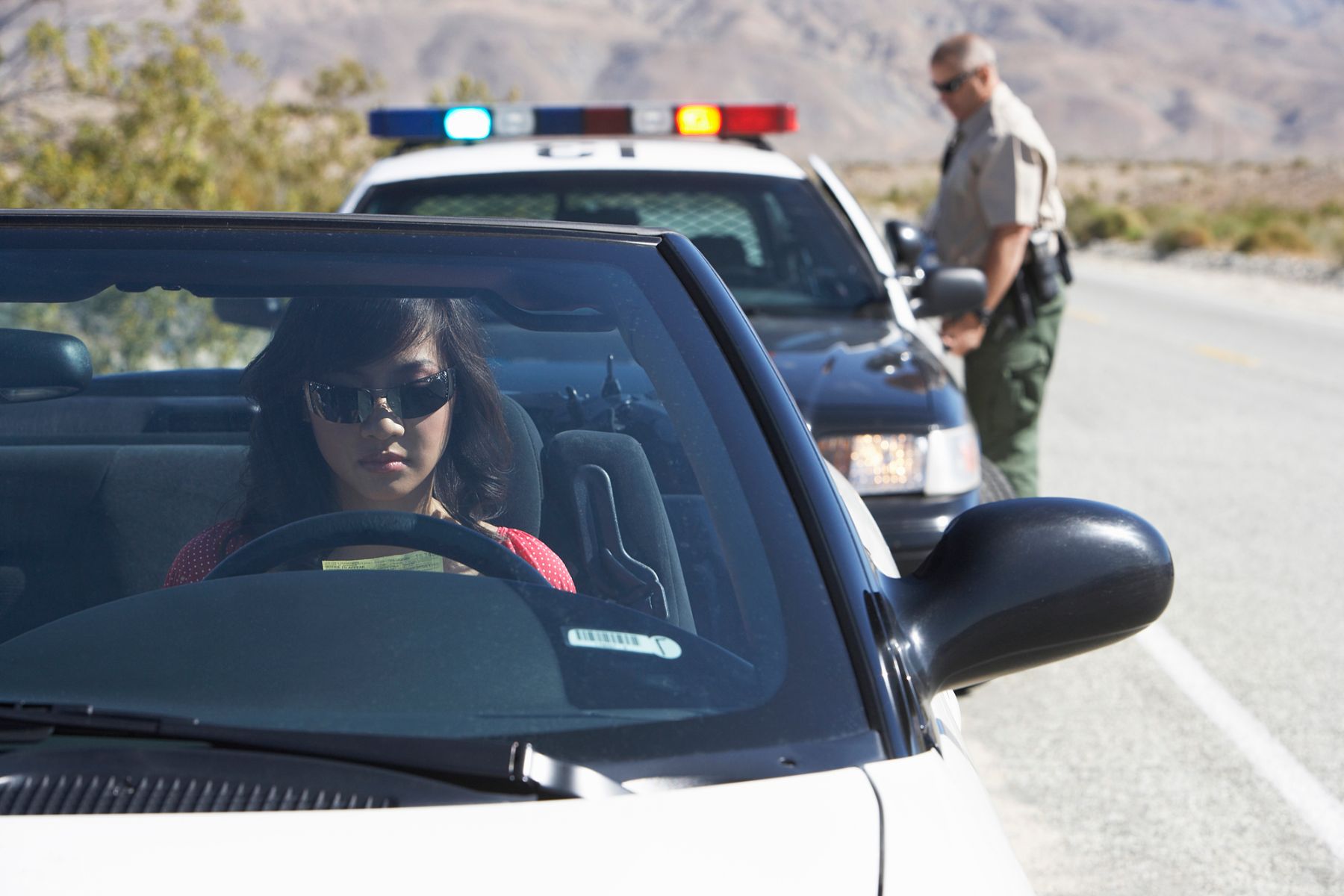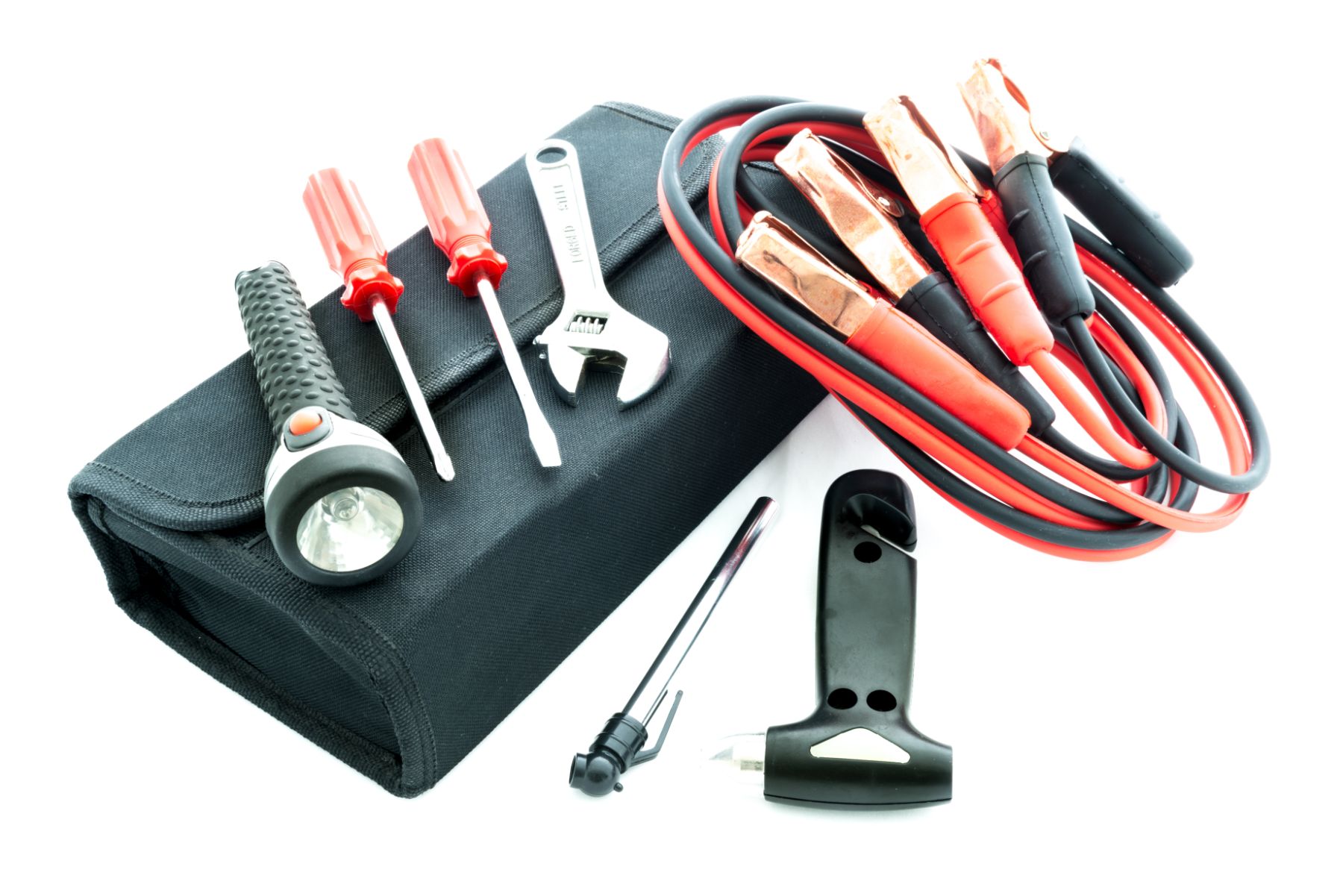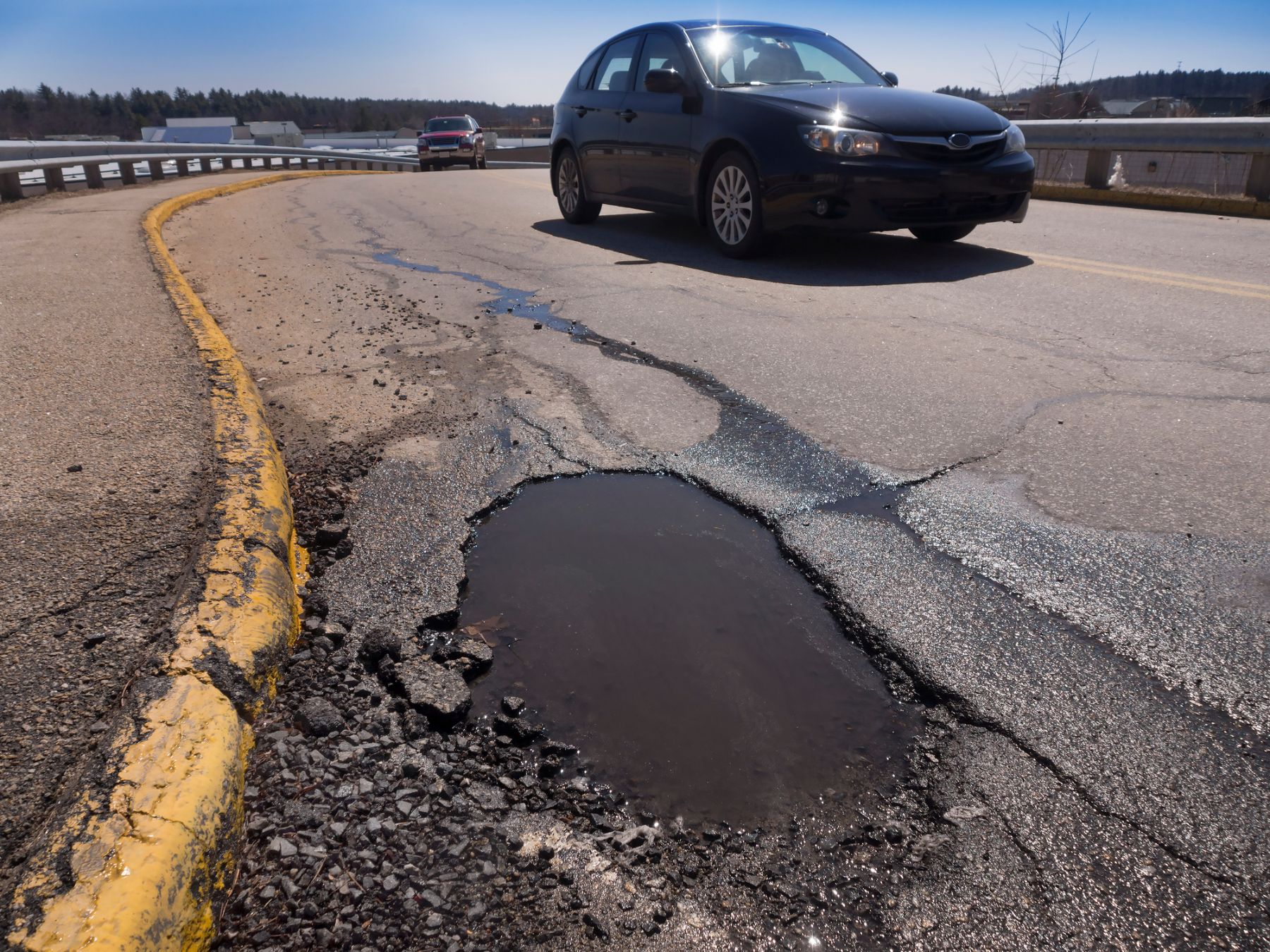
When was the last time you were in the left lane and looked into your rearview mirror and noticed a string of cars trailing behind you? No, you didn’t do anything wrong! Or did you? If you are a left lane driver who fails to move into the right lane if you know, or should reasonably know, another vehicle is overtaking you—even if the other vehicle is exceeding the speed limit (nwi.com), you are in a position for a warning or a $500 ticket. This is due to Indiana’s “Slowpoke Law” implemented in 2015.
Slowpoke Law
In order to prevent interstate pile ups and to ensure all motorist safety, Indiana State Trooper, Sgt. Stephen Wheeles makes the case for the enactment of this law. This was implemented to keep traffic flowing and prevent major collisions on our Hoosier roadways. Of course, there are caveats to every law. The Slowpoke Law doesn’t apply during traffic congestion, bad weather, when exiting on the left, paying a toll or pulling over for an emergency vehicle.
In the Fox 59 article, Sgt. Wheeles also says, “The spirit of the law is that since many people drive well above the speed limit, it creates an ‘accordion effect’ as traffic starts backing up behind the slower vehicle. This is where many of our crashes occur on the interstates. It’s all in the name of safety.” Essentially this law is a reminder to be vigilant not only about your speed, but also about the shared space with other motorists and being courteous. This isn’t giving speeding motorists a pass; Sgt. Wheeles indicates ticketing speeders is still very much a part of the job.
An addendum to this law is the liability factor; “negligence per se.” When a person is cited with a traffic citation at the scene of a motor vehicle accident or car crash, it can automatically shift who is responsible for causing the car crash and any Indiana personal injury that results. If a person is cited for failing to move over to allow faster drivers to pass under the new Indiana traffic law, it could change who legally caused the accident, according to stflawyers.com.
The Slowpoke Law goes hand-in-hand with the better-known Move Over Law. With the Move Over Law, motorists have a breakdown of how and when to “move over” for sanctioned vehicles, creating a clear and safe passage for everyone. So, if you catch distant flashing lights in your rearview mirror you don’t have to worry you are in violation of a driving law, but instead can instinctively move and help create a good domino effect—ensuring all surrounding motorists are doing their part.
Move Over Law
According to AAA.com, “[Indiana] State law requires drivers approaching a stationary emergency vehicle displaying flashing lights, including towing and recovery vehicles, traveling in the same direction, to vacate the lane closest if safe and possible to do so, or reduce speed at least 10mph below the speed limit. Also included in the law are municipal vehicles, utility vehicles, and road maintenance vehicles.” So, breaking this down, we know you need to immediately reduce your speed and move into a different lane. This seems simple enough, right?
By reducing your speed, creating distance between you and the emergency vehicle, and changing lanes, you:
- help ensure the safety of you and any passengers in your vehicle,
- alert any surrounding vehicles to the approaching emergency or working vehicle,
- are prepared for sudden stops or re-routing ahead, and
- protect any workers ahead, allowing them to complete their duties, safely.
What Types of Vehicles Are Included?
Of course we’re all aware to move over for police cars and fire trucks, but there are many more which are provided for in this law. Let’s review:
- Police vehicles
- Ambulances
- Fire trucks and rescue equipment
- Incident-response vehicles such as Hoosier Helpers
- Highway maintenance vehicles
- Utility service vehicles
- Vehicle recovery equipment such as tow trucks
- Garbage trucks
Ensuring INDOT and First Responder safety is part of your job as a licensed motorist. Being aware is essential to all workers and motorists; it’s the first step to making sure you get to your destination safely.
Some More Details
There are always nuances to every law, so let’s go over what in.gov specifically recommends. “On multiple-lane highways, change lanes away from the emergency vehicle if it is safe to do so. This provides a safer space for workers and also helps approaching traffic to better see the emergency vehicle.”
This variance often applies to multiple lane roads (not solely highways) as well. If you cannot change lanes, they also suggest, “Motorists should not stop in the road because this can cause a chain reaction of rear-end collisions with other vehicles. MOVE OVER and/or SLOW DOWN.” By stopping in the road, you put you and your passengers, as well as other drivers, in danger. Again, when getting behind the wheel, you want to ensure you get to your destination safely!
An important note: “Violating the law can result in a fine and a license suspension of up to two years if the driver causes damage to emergency equipment, and causing injury or death of an emergency worker can result in a prison sentence.” No one wants to receive a ticket and definitely not a license suspension, especially when it’s completely avoidable!
If you’re ready to get behind the wheel, get started today with our open enrollment Online Course.
















